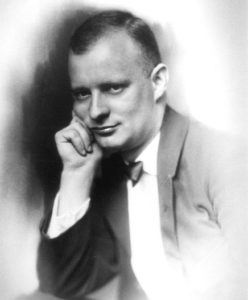Hindemith, Sonata for Harp
 Our apartment in Weimar, Germany backs up to the Liszt Conservatory of Music. In summer, the open windows bring the sound of students practicing. We like that.
Our apartment in Weimar, Germany backs up to the Liszt Conservatory of Music. In summer, the open windows bring the sound of students practicing. We like that.
Professional musicians also live in the area. The couple that until recently lived on the floor above us both play in the symphony, he trombone and she the harp. He would introduce us to his friends as very tolerant neighbors for not objecting to their practicing. But in fact, the music that made its way downstairs was almost always coming from the harp, and harp is a bit less intrusive than trombone.
In fact, I suspect that the harp is the least offensive musical instrument. Maybe that’s why it has never really captivated me. I can think of a couple of composers who made exceptionally effective use of the harp in their orchestrations, primarily by exploiting its transparent sound. But hearing my neighbor practicing gave me a better appreciation of the instrument and its repertoire.
The German composer Paul Hindemith (1895-1963) wrote sonatas for virtually all of the orchestral instruments. His musical style is often categorized as neoclassical, but he has his own musical vocabulary that doesn’t quite fit into what you might expect of neoclassicism. The harmonies are often based on intervals of a fourth rather than thirds. He avoids traditional harmonies, but also avoids the more dissonant atonality that characterized the music of many of his contemporaries.
The Sonata for Harp (1939) was written shortly after Hindemith emigrated to Switzerland. He then made his way to the United States in 1940 where he taught primarily at Yale and became a U.S. citizen in 1946.



